A lasting solution to the power problem needs to be a whole-economy solution that not only provides the power affordably but also the people the means to be able to afford it and use it productively. To this end, in addition to concessionary loans, the economy needs substantial climate finance in the form of grants to support the enhancement of public goods, such as transmission upgrades and the productive use of stimulation financing for the users of electricity.
Political and business leaders gather in New York every September for the UN General Assembly. Each global leader delivers platitudes about peace, climate change, and other international issues. While these speeches may have limited impact, the real magic of the UNGA happens in the side events, particularly in the small rooms.
This year, my favourite event was a small dinner salon hosted by The Global African at the famous Tatiana by Kwame Onwuachi. The event included a sitting Nigerian state governor, a retired founder of a $40 billion fund, a solar developer turned investor, an Africa editor, a South African development financier, and several energy entrepreneurs.
Recounting his journey, the governor discussed how, as a consultant, he helped craft Nigeria’s vision 2020. This vision projected that by 2020, Nigeria would be one of the top 20 economies, generating over 50GW of electricity from a base of 5GW. For context, New York city uses about 5.5GW to serve its 8.3 million population, while Nigeria has 220 million people. However, four years after the target year, Nigeria still generates about 5GW of electricity to the grid. This chronic shortage continues to have downstream economic and human development impacts that hold the country back.
The simple answer is that Nigeria generates more than 50GW, but many inefficient diesel generators, unconnected to the grid, are not counted. The problem is not generation (albeit expensive and dirty), but that the grid cannot reliably wheel power from where it is generated to where it is needed. This is why the sector is increasingly leaning towards distributed solutions interconnected to the grid i.e. trading power with the grid.
To address these two challenges, the Nigerian government has borrowed about $1.25 billion – $750 million from the World Bank and $500 million from the African Development Bank. The goal of this funding is to provide credit enhancements to developers who build interconnected mini grids to provide large-scale electricity (hundreds of MWs) for large communities.
The second problem is financing. Projects in this sector are capital intensive, and capital is expensive and impatient in these parts of the world. Imagine spending $100 million to build a power plant. At the prevailing interest rates of 35 per cent, you need to recover $35 million every year to cover the financing cost, not including operations costs. This means that a 100 MW solar project, costing $60 million in both Nigeria and say the UAE (with access to 2 per cent interest rate capital), might have a tariff of N45 in the UAE and N225 in Nigeria. Considering that majority of Nigeria’s population, more than 130 million, live on less than $2 per day, this is simply unaffordable.
 Attendees at the Global African/TAO Finance Salon Dinner in New York.
Attendees at the Global African/TAO Finance Salon Dinner in New York.To address these two challenges, the Nigerian government has borrowed about $1.25 billion – $750 million from the World Bank and $500 million from the African Development Bank. The goal of this funding is to provide credit enhancements to developers who build interconnected mini grids to provide large-scale electricity (hundreds of MWs) for large communities. This aims to reduce the cost of capital and isolate manageable parts of the grid to supply reliable electricity.
Nigerians need credible journalism. Help us report it.
Support journalism driven by facts, created by Nigerians for Nigerians. Our thorough, researched reporting relies on the support of readers like you.
Help us maintain free and accessible news for all with a small donation.
Every contribution guarantees that we can keep delivering important stories —no paywalls, just quality journalism.
Is this solution guaranteed to work? It could, but at a tariff that most Nigerians cannot afford. Residents of high-end estates in Lagos can already attest to the realities of the cost of reliable power. Even if it is still cheaper than running a diesel generator, only a few can afford running their generators non-stop. And if the experience of isolated mini grids in the country is an indicator, many will resort to staying disconnected, leaving a lot of stranded generation capacity. The only consistent users are productive users whose businesses depend on constant power supply. This excess power not consumed by the mini grid can be sold back to the grid, ensuring it is not wasted.
Hopefully, as a result of this year’s small room discussion, the investors can work with this governor on some consequential mini grids, that allow him to say at next year’s UNGA that we moved the needle. That’s worth more than a thousand vacuous speeches.
A lasting solution to the power problem needs to be a whole-economy solution that not only provides the power affordably but also the people the means to be able to afford it and use it productively. To this end, in addition to concessionary loans, the economy needs substantial climate finance in the form of grants to support the enhancement of public goods, such as transmission upgrades and the productive use of stimulation financing for the users of electricity. Many indigent users would also need tariff rebates to allow them to participate in the economy.
For this to happen at scale, we need more private investors and developers to leverage public support to collect the required data and build the capacity. The gold rush to build data centres for artificial intelligence should also provide a much-needed captive demand for would-be power developers. With the continued drop in solar module and lithium-ion battery prices, modular solar, wind, and battery (SWB) systems can be deployed at the levelised cost of energy (LCOE) of under 10 cents/kWh (~N160), even at 35 per cent interest rates, especially in Northern Nigeria, to meet this demand. This is at least a $40 billion/year market opportunity.
Hopefully, as a result of this year’s small room discussion, the investors can work with this governor on some consequential mini grids, that allow him to say at next year’s UNGA that we moved the needle. That’s worth more than a thousand vacuous speeches.
Tobi Oluwatola is the CEO of TAO Energy. He writes from Abuja and can be reached at tobi@tao.ng
Support PREMIUM TIMES' journalism of integrity and credibility
At Premium Times, we firmly believe in the importance of high-quality journalism. Recognizing that not everyone can afford costly news subscriptions, we are dedicated to delivering meticulously researched, fact-checked news that remains freely accessible to all.
Whether you turn to Premium Times for daily updates, in-depth investigations into pressing national issues, or entertaining trending stories, we value your readership.
It’s essential to acknowledge that news production incurs expenses, and we take pride in never placing our stories behind a prohibitive paywall.
Would you consider supporting us with a modest contribution on a monthly basis to help maintain our commitment to free, accessible news?
TEXT AD: Call Willie - +2348098788999








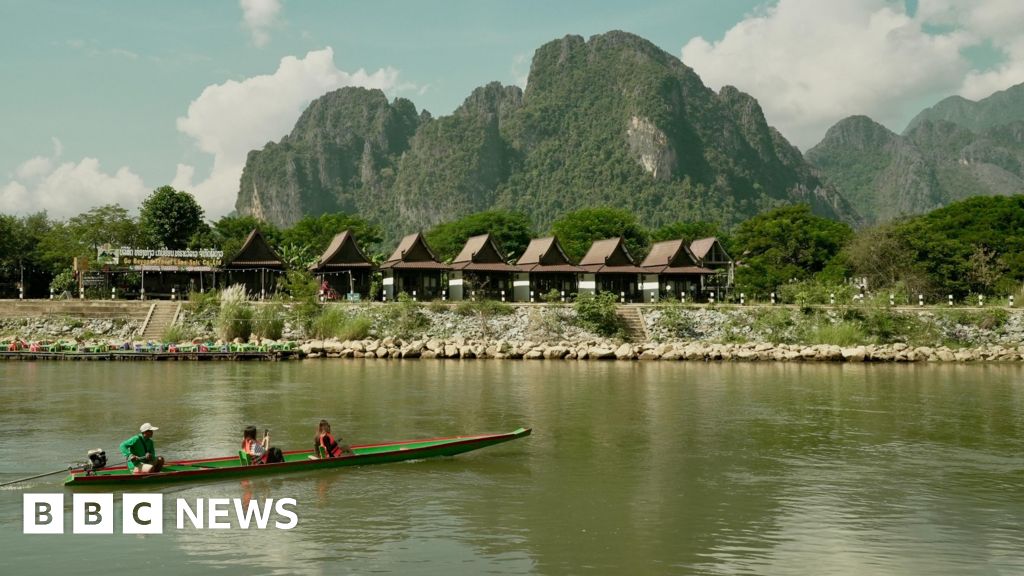

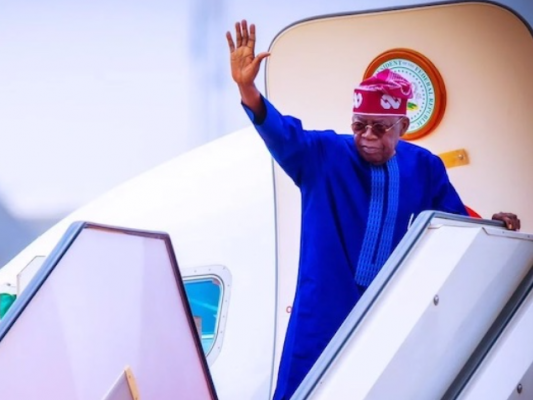
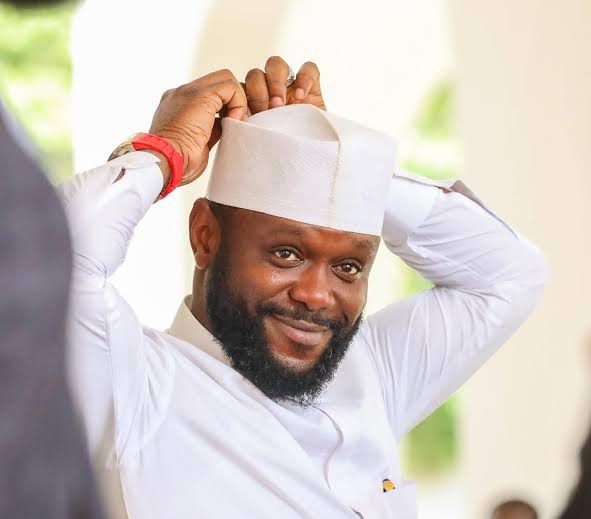

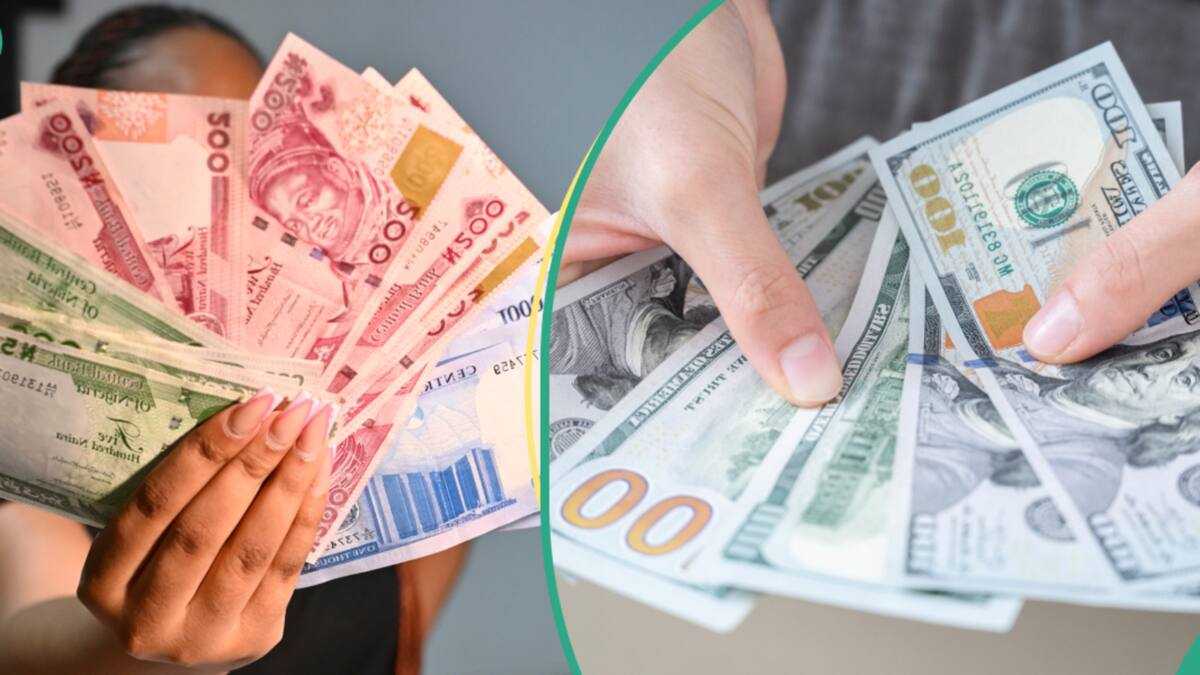

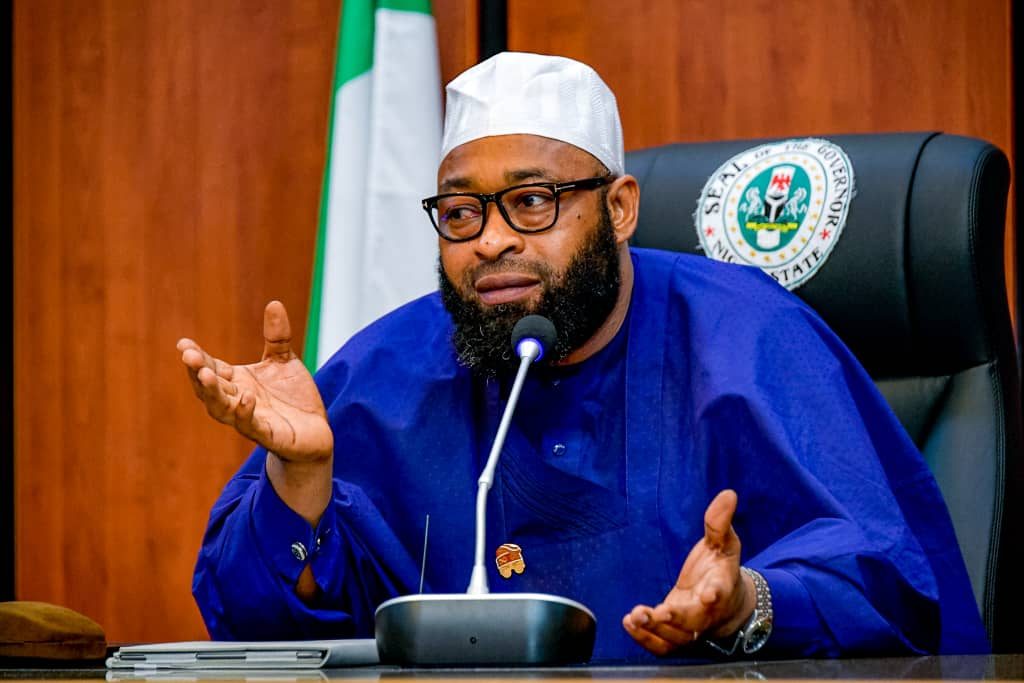

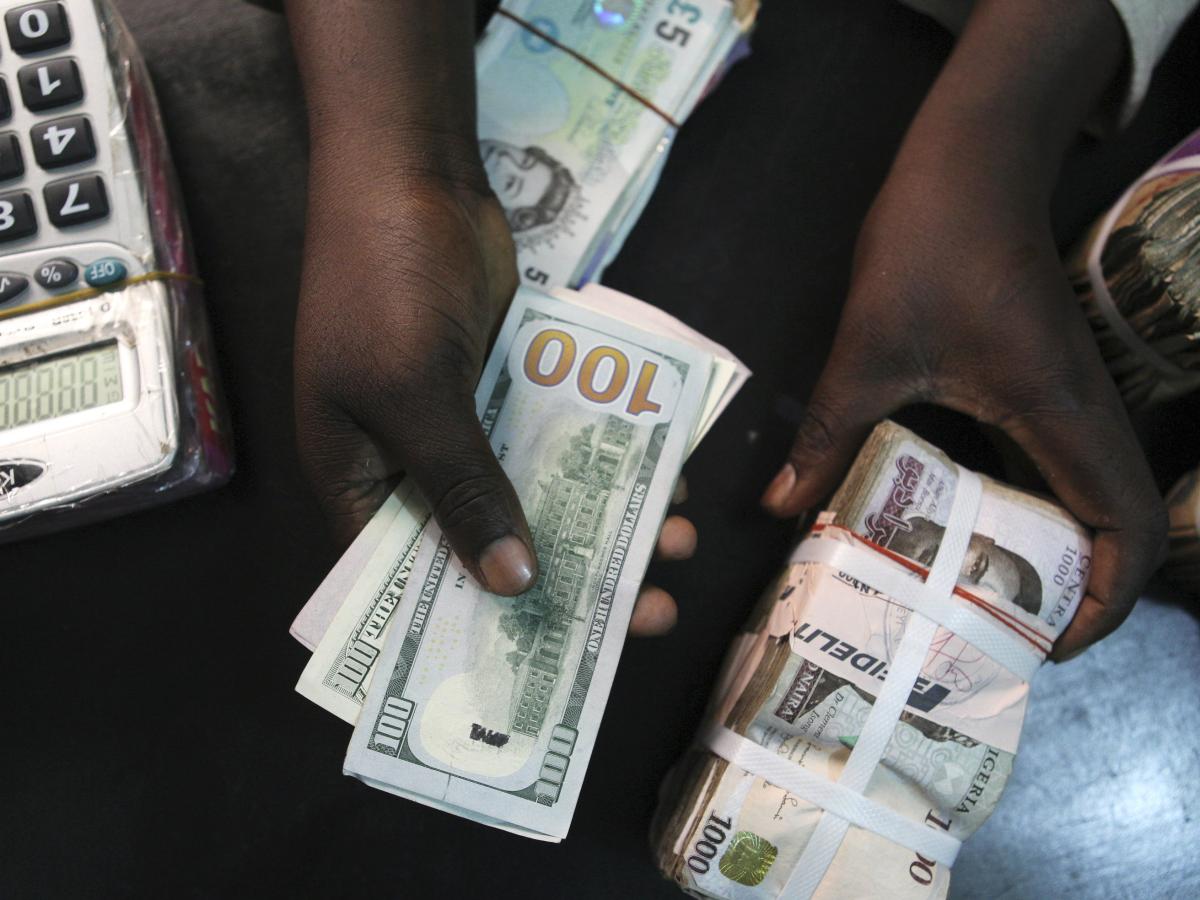
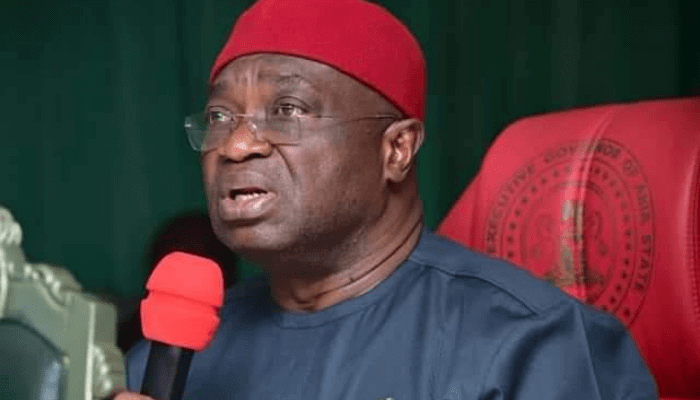
 English (US) ·
English (US) ·